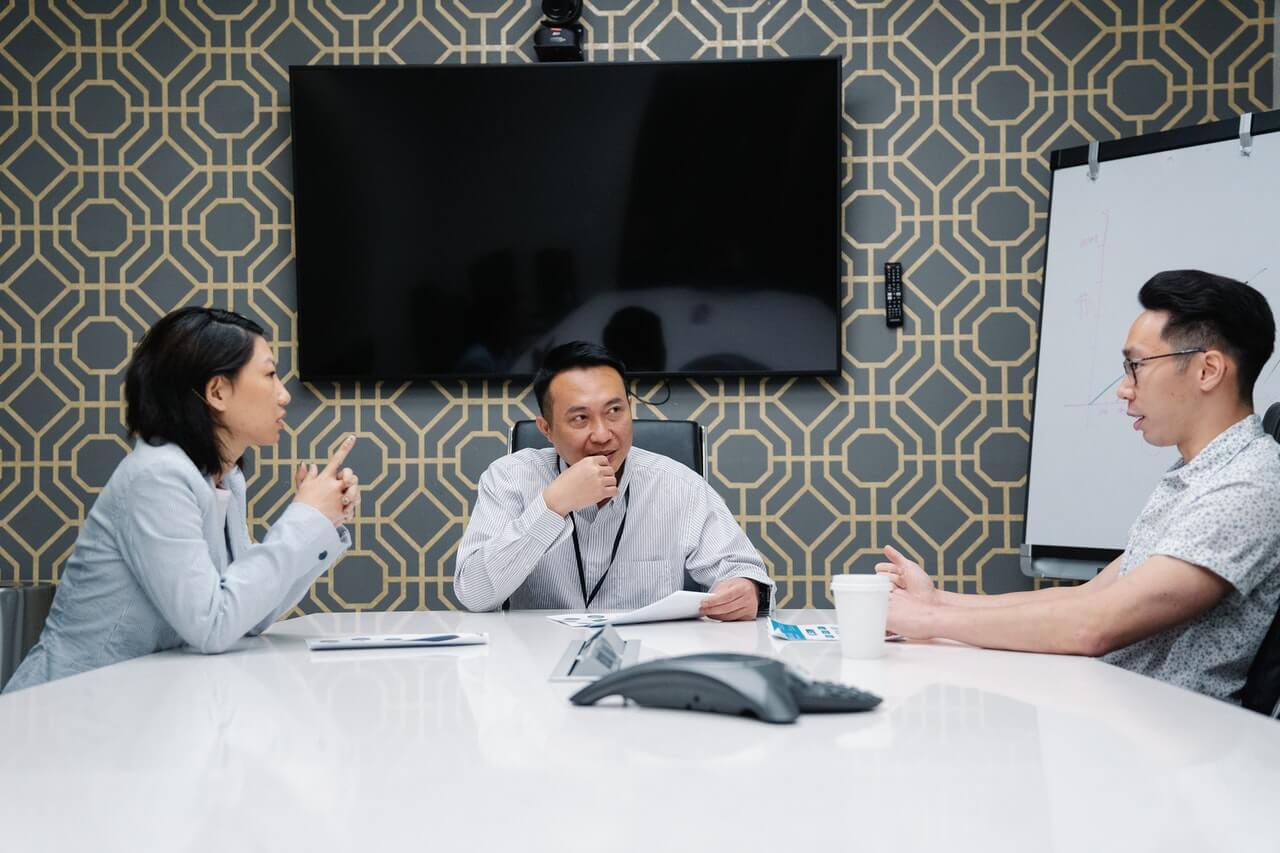As we clarified in Parts 1 and 2 of 3, if your clients don’t participate in the consulting to improve their organization, then you are faced with the dilemma: “Should I just do the work for the client, or should we keep slipping deadlines in the project”. However, long-lasting change will not occur in their organization if the client does not have strong understanding, commitment and participation in the changes. So if you do the client’s work, it is not likely that your project will be successful. Here are some additional suggestions for getting your client to participate:
9. Use techniques of personal and professional coaching to move things along.
Coaching can be a powerful means to help your client identify obstacles to the project, the real reasons that those obstacles exist, and what can be done to remove the obstacles. Coaching includes asking thoughtful and empowering questions, such as “What would success be in this situation?” “Then what can you do with your limited resources to get the project back on track again?”
10. Resort to the “Sanity Solution.”
In situations where project activities seem stalled, especially because of a lack of resources, you and your client can always attempt one or more of three strategies: a) get more resources, b) extend deadlines to get things done, and/or c) decrease the expectations. Present the “sanity solution” to your client and help them decide which alternatives to implement.
11. Decide if you should cycle back to the Contracting phase.
It may be that the activities in the project so far have combined to identify or create another or new priority or problem to address. For example, project activities thus far may have helped the Chief Executive Officer (CEO) to realize that his or her approach to working with the Board of Directors is ineffective. Consequently, the CEO may want Board development to occur as soon as possible. The Engagement and Agreement phase revisits the goals of the project and, thus, is an opportunity to update the direction of the project. It might be useful for you and your client to consider repeating some or all of the activities in that phase
12. Be willing to suspend the project.
Sometimes that can be a very powerful strategy because the client is promptly faced with the original problem that was the reason for the consulting project in the first place.
? What do you think?
Carter McNamara, MBA, PhD, is a faculty member in the Consultants Development Institute.

